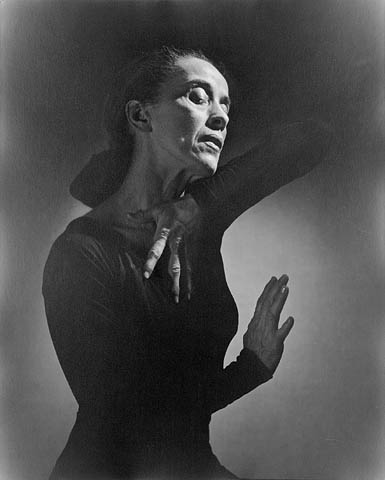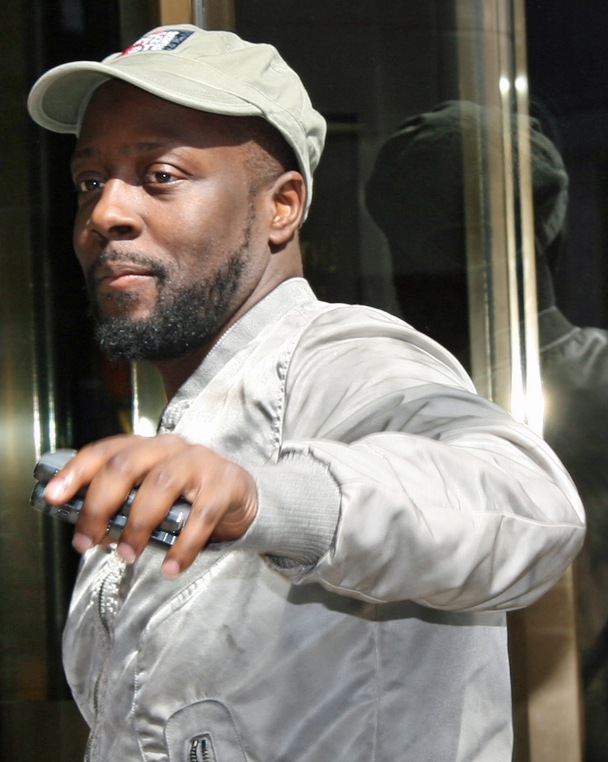|
Grupo Corpo
Grupo Corpo are a Brazilian dance theatre company founded in 1975. The group performs internationally and has been acclaimed by critics. Their routines are particularly known for challenging audience perceptions of ballet and modern dance. History Grupo Corpo was created in Belo Horizonte by Paulo Pederneiras. It is a contemporary dance company, which is typically Brazilian in its creations. During Corpo's history, it went through several changes in style and structure but has always maintained the common thread of using a Brazilian base to its dancing and music. The group's first ballet was Maria Maria (Ballet), Maria Maria. it reached a record as far as local production goes: the company traveled through 14 countries and ran in Brazil from 1976 to 1982. References External links The Official Grupo Corpo Site [...More Info...] [...Related Items...] OR: [Wikipedia] [Google] [Baidu] |
Brazil
Brazil ( pt, Brasil; ), officially the Federative Republic of Brazil (Portuguese: ), is the largest country in both South America and Latin America. At and with over 217 million people, Brazil is the world's fifth-largest country by area and the seventh most populous. Its capital is Brasília, and its most populous city is São Paulo. The federation is composed of the union of the 26 States of Brazil, states and the Federal District (Brazil), Federal District. It is the largest country to have Portuguese language, Portuguese as an List of territorial entities where Portuguese is an official language, official language and the only one in the Americas; one of the most Multiculturalism, multicultural and ethnically diverse nations, due to over a century of mass Immigration to Brazil, immigration from around the world; and the most populous Catholic Church by country, Roman Catholic-majority country. Bounded by the Atlantic Ocean on the east, Brazil has a Coastline of Brazi ... [...More Info...] [...Related Items...] OR: [Wikipedia] [Google] [Baidu] |
Dance
Dance is a performing art form consisting of sequences of movement, either improvised or purposefully selected. This movement has aesthetic and often symbolic value. Dance can be categorized and described by its choreography, by its repertoire of movements, or by its historical period or place of origin. An important distinction is to be drawn between the contexts of theatrical and participatory dance, although these two categories are not always completely separate; both may have special functions, whether social, ceremonial, competitive, erotic, martial, or sacred/liturgical. Other forms of human movement are sometimes said to have a dance-like quality, including martial arts, gymnastics, cheerleading, figure skating, synchronized swimming, marching bands, and many other forms of athletics. There are many professional athletes like, professional football players and soccer players, who take dance classes to help with their skills. To be more specific professional athlet ... [...More Info...] [...Related Items...] OR: [Wikipedia] [Google] [Baidu] |
Theatre Company
Theatre or theater is a collaborative form of performing art that uses live performers, usually actors or actresses, to present the experience of a real or imagined event before a live audience in a specific place, often a stage. The performers may communicate this experience to the audience through combinations of gesture, speech, song, music, and dance. Elements of art, such as painted scenery and stagecraft such as lighting are used to enhance the physicality, presence and immediacy of the experience. The specific place of the performance is also named by the word "theatre" as derived from the Ancient Greek θέατρον (théatron, "a place for viewing"), itself from θεάομαι (theáomai, "to see", "to watch", "to observe"). Modern Western theatre comes, in large measure, from the theatre of ancient Greece, from which it borrows technical terminology, classification into genres, and many of its themes, stock characters, and plot elements. Theatre artist Patrice Pav ... [...More Info...] [...Related Items...] OR: [Wikipedia] [Google] [Baidu] |
Ballet
Ballet () is a type of performance dance that originated during the Italian Renaissance in the fifteenth century and later developed into a concert dance form in France and Russia. It has since become a widespread and highly technical form of dance with its own vocabulary. Ballet has been influential globally and has defined the foundational techniques which are used in many other dance genres and cultures. Various schools around the world have incorporated their own cultures. As a result, ballet has evolved in distinct ways. A ''ballet'' as a unified work comprises the choreography and music for a ballet production. Ballets are choreographed and performed by trained ballet dancers. Traditional classical ballets are usually performed with classical music accompaniment and use elaborate costumes and staging, whereas modern ballets are often performed in simple costumes and without elaborate sets or scenery. Etymology Ballet is a French word which had its origin in Italian ... [...More Info...] [...Related Items...] OR: [Wikipedia] [Google] [Baidu] |
Modern Dance
Modern dance is a broad genre of western concert or theatrical dance which included dance styles such as ballet, folk, ethnic, religious, and social dancing; and primarily arose out of Europe and the United States in the late 19th and early 20th centuries. It was considered to have been developed as a rejection of, or rebellion against, classical ballet, and also a way to express social concerns like socioeconomic and cultural factors. In the late 19th century, modern dance artists such as Isadora Duncan, Maud Allan, and Loie Fuller were pioneering new forms and practices in what is now called aesthetic or free dance. These dancers disregarded ballet's strict movement vocabulary (the particular, limited set of movements that were considered proper to ballet) and stopped wearing corsets and pointe shoes in the search for greater freedom of movement. Throughout the 20th century, sociopolitical concerns, major historical events, and the development of other art forms contributed to ... [...More Info...] [...Related Items...] OR: [Wikipedia] [Google] [Baidu] |
Belo Horizonte
Belo Horizonte (, ; ) is the sixth-largest city in Brazil, with a population around 2.7 million and with a metropolitan area of 6 million people. It is the 13th-largest city in South America and the 18th-largest in the Americas. The metropolis is anchor to the Belo Horizonte metropolitan area, ranked as the third-most populous metropolitan area in Brazil and the 17th-most populous in the Americas. Belo Horizonte is the capital of the state of Minas Gerais, Brazil's second-most populous state. It is the first planned modern city in Brazil. The region was first settled in the early 18th century, but the city as it is known today was planned and constructed in the 1890s, to replace Ouro Preto as the capital of Minas Gerais. The city features a mixture of contemporary and classical buildings, and is home to several modern Brazilian architectural icons, most notably the Pampulha Complex. In planning the city, Aarão Reis and Francisco Bicalho sought inspiration in the urban p ... [...More Info...] [...Related Items...] OR: [Wikipedia] [Google] [Baidu] |
Paulo Pederneiras
Paulo is a Portuguese, Spanish, Swiss, and Italian masculine given name equivalent to English Paul. Notable people with the name include: *Paulo Jr. *Paulo Jr. (footballer) *Paulo Almeida, Brazilian footballer *Paulo André Cren Benini (born 1983), Brazilian football defender *Paulo Angeles (born 1997), Filipino actor, singer and dancer *Paulo Avelino (born 1988), Filipino actor and film actor *Paulo de Carvalho (born 1947), Portuguese singer-songwriter and actor *Paulo Coelho (born 1947), Brazilian lyricist and novelist *Paulo Fernando Craveiro, Brazilian author *Paulo Freire (1921–1997), Brazilian educator and philosopher *Paulo R. Holvorcem, Brazilian amateur astronomer, a prolific discoverer of asteroids *Paulo Jorge (other) *Paulo Kanoa (1802–1885), Governor of Kauaʻi *Paulo P. Kanoa (1832–1895), Governor of Kauaʻi *Paulo Miklos (born 1959), Brazilian multi-instrumentalist, musician and actor *Paulo Antonio de Oliveira (born 1982), Brazilian football striker ... [...More Info...] [...Related Items...] OR: [Wikipedia] [Google] [Baidu] |
Contemporary Dance
Contemporary dance is a genre of dance performance that developed during the mid-twentieth century and has since grown to become one of the dominant genres for formally trained dancers throughout the world, with particularly strong popularity in the U.S. and Europe. Although originally informed by and borrowing from classical, modern, and jazz styles, it has come to incorporate elements from many styles of dance. Due to its technical similarities, it is often perceived to be closely related to modern dance, ballet, and other classical concert dance styles. In terms of the focus of its technique, contemporary dance tends to combine the strong but controlled legwork of ballet with modern that stresses on torso. It also employs contract-release, floor work, fall and recovery, and improvisation characteristics of modern dance. Unpredictable changes in rhythm, speed, and direction are often used, as well. Additionally, contemporary dance sometimes incorporates elements of non-western ... [...More Info...] [...Related Items...] OR: [Wikipedia] [Google] [Baidu] |
Maria Maria (Ballet)
"Maria Maria" is a song by American rock band Santana featuring the Product G&B, included on Santana's 18th studio album, ''Supernatural'' (1999). The song was written by Wyclef Jean, Jerry "Wonda" Duplessis, Carlos Santana, Karl Perazzo, and Raul Rekow, while Jean and Duplessis produced it. The track samples the drum beat from "God Make Me Funky" by American jazz fusion band the Headhunters, and the melody riff was inspired by the Wu-Tang Clan song "Wu-Tang Clan Ain't Nuthing ta Fuck Wit". Interspersed with guitars and other strings, "Maria Maria" is driven by a hip hop beat. At the 2000 Grammy Awards, the song won Best Pop Performance by a Duo or Group with Vocals before it experienced commercial success. "Maria Maria" was released on September 14, 1999, to American urban radio and was issued worldwide throughout the following year. It reached number one in Canada, France, Germany, Hungary, Sweden, Switzerland, and the United States. In the US, it stayed at the top of the ... [...More Info...] [...Related Items...] OR: [Wikipedia] [Google] [Baidu] |





